For kitchen professionals and culinary enthusiasts, knowing what kind of charcoal or fuel works best in a hibachi grill is essential to mastering authentic grilling. The choice of fuel can dramatically alter the taste, aroma, and overall cooking experience. When it comes to hibachi grills, the fuel you choose is just as crucial as the ingredients and techniques you employ.
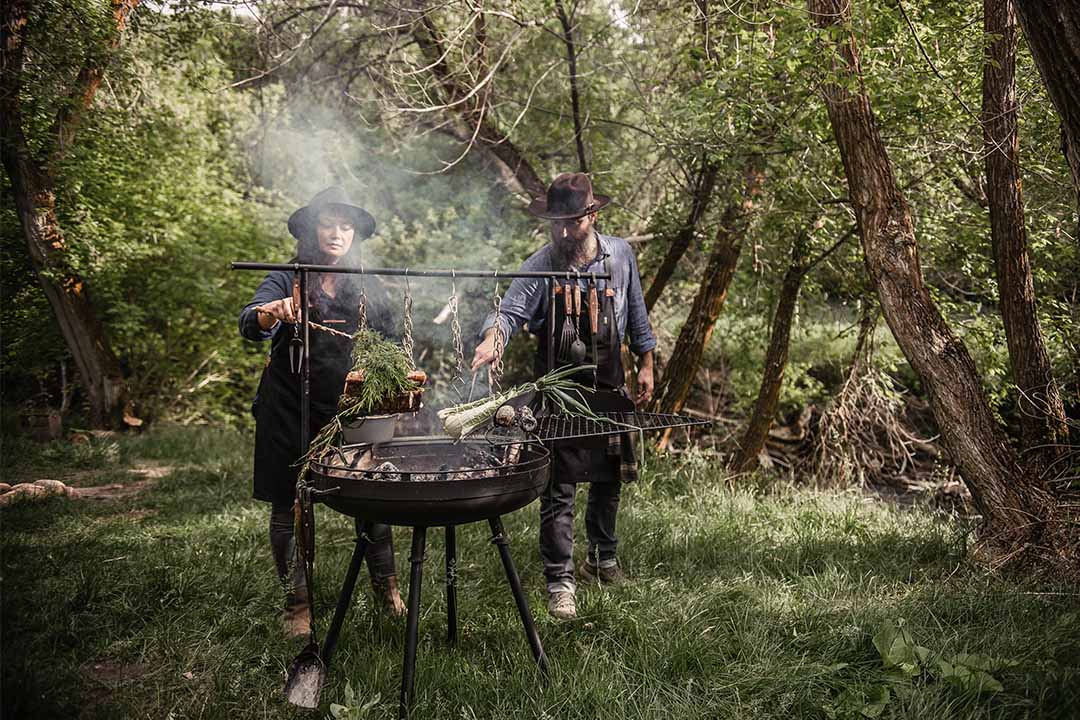
The Charm of the Hibachi Grill
A hibachi grill is smaller, often portable, and perfect for both indoor and outdoor cooking. It's cherished for its capacity to impart smoky, rich flavors to food, making it a favorite in restaurants and home kitchens alike. Understanding the grill's background can enhance how you use it; you can dive into the history and tradition behind the hibachi grill for more context.
Choosing the Right Charcoal
The type of charcoal used in a hibachi grill can influence the taste and texture of the food remarkably:
Lump Charcoal
Lump charcoal is made from natural hardwood. It burns hotter and faster than briquettes, offering a robust smoky flavor that many chefs adore. For an authentic taste, kitchen professionals often prefer lump charcoal for its purity and enhanced heat control.
Charcoal Briquettes
Briquettes process easily, offering a consistent shape and burn temperature. Although not as pure as lump charcoal, they are highly efficient and cost-effective. Great for longer cooking times, they provide stable heat, making them ideal for beginners learning how to use a hibachi grill.
Exploring Alternative Fuels
Binchotan Charcoal
Binchotan, a type of white charcoal, originates from Japan. It is highly recommended for its long burning time and clean burn, which results in minimal smoke. Perfect for restaurants aiming for an authentic Japanese grilling experience, but it can be more expensive and may not be readily available everywhere.
Natural Gas
A convenient option for kitchen professionals, as it provides immediate control over heat levels. While it may lack the smoky flavor of traditional charcoal, its an excellent choice for fast-paced kitchens that prioritize efficiency over flavor nuances.
Why Quality Matters
Choosing high-quality fuel is crucial, not only for flavor but also for the equipments longevity. Poor quality charcoal can cause residue build-up, impacting both taste and grill maintenance. For the best results, always opt for reputed brands and reliable sources.
The Art of Balancing Flavor and Efficiency
For kitchen professionals aiming to replicate authentic flavors, balancing between quality, cost, and accessibility is key. Whether you aim to achieve the rich, charcoal-infused taste or prioritize operational efficiency, understanding each type of fuel helps in making informed decisions for professional settings.
Additional Resources
Interested in enhancing your hibachi skills? Explore these expert hibachi cooking tips for authentic flavor. You can also compare with other grill types through this hibachi vs. teppanyaki guide.
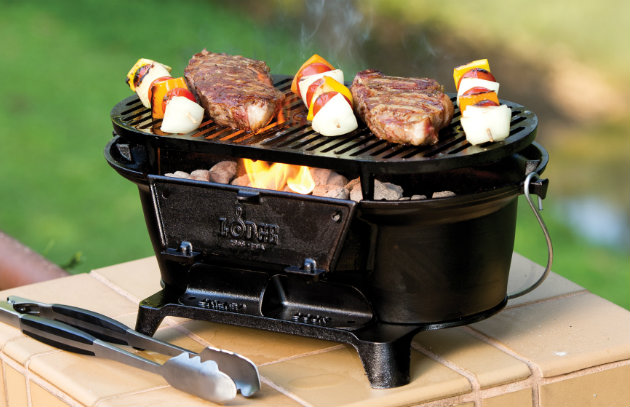
FAQs
1. Can I use regular charcoal in a hibachi grill?
Yes, you can use regular charcoal, although lump charcoal is often preferred for its authentic taste and high heat levels.
2. What makes binchotan charcoal unique?
Binchotan is known for its high carbon content, which allows for a clean burn and reduced smoke, providing a pure cooking flavor.
3. Are there any notable downsides to using natural gas?
Natural gas may not provide the same smoky flavor associated with traditional charcoal, but it offers efficient and quick temperature control, valuable for busy kitchens.
This article contains affiliate links. We may earn a commission at no extra cost to you.

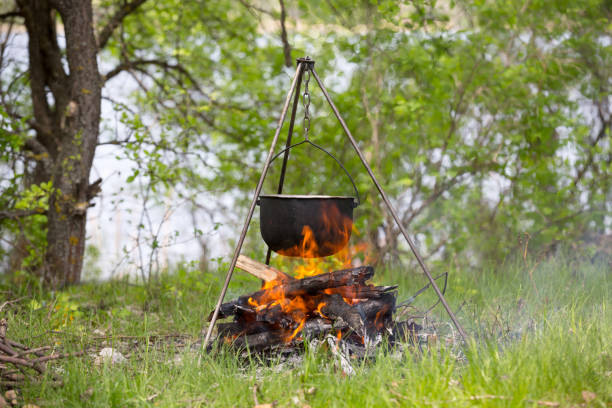


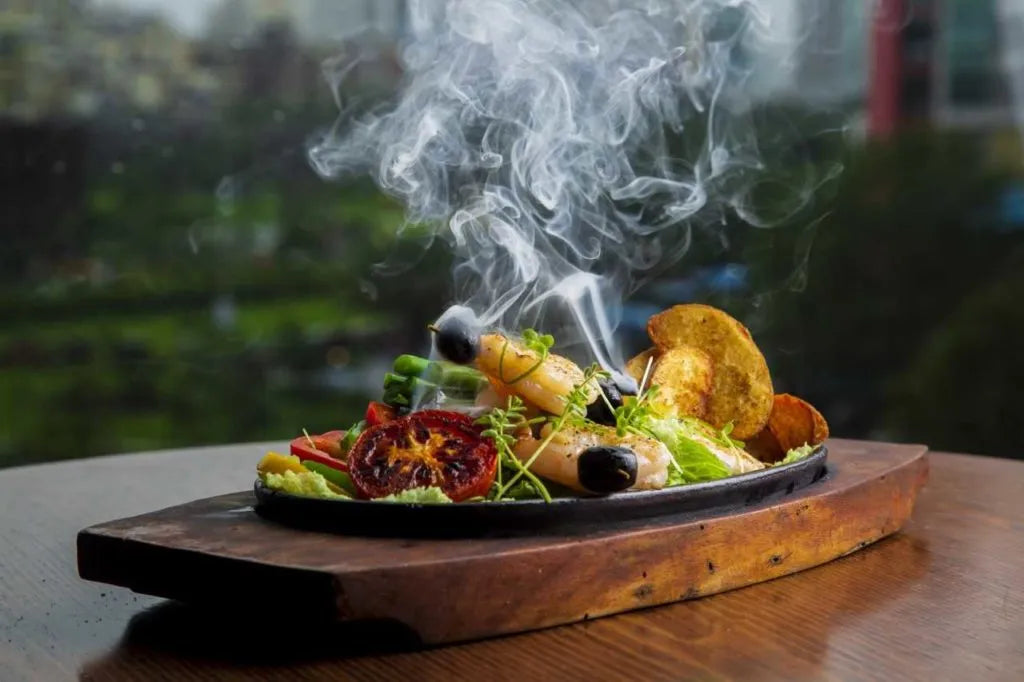
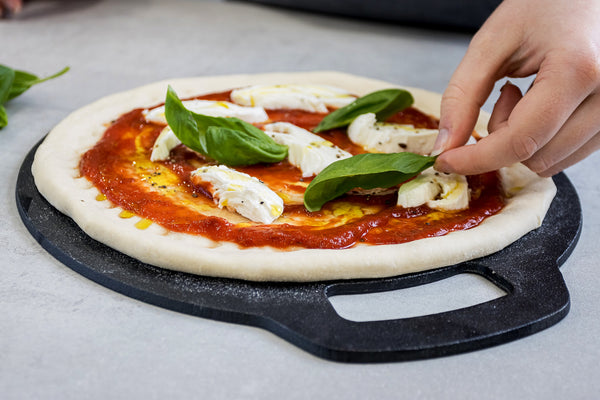
Leave a comment
This site is protected by hCaptcha and the hCaptcha Privacy Policy and Terms of Service apply.